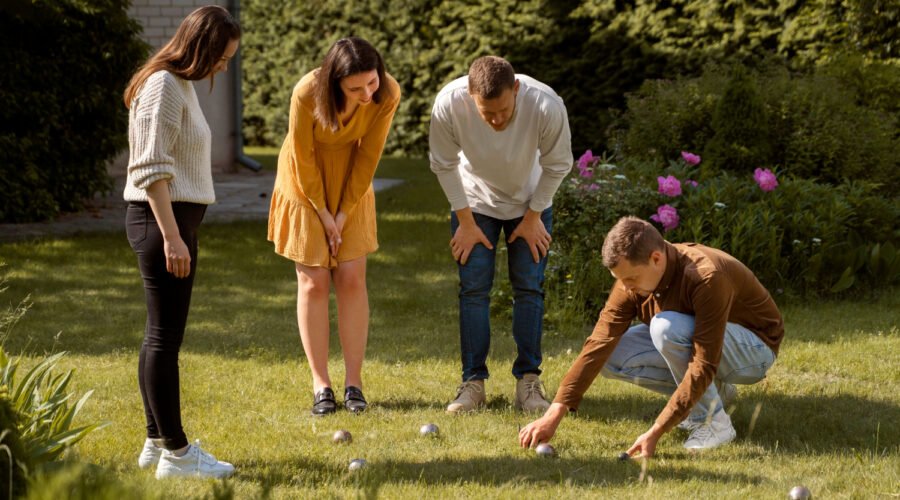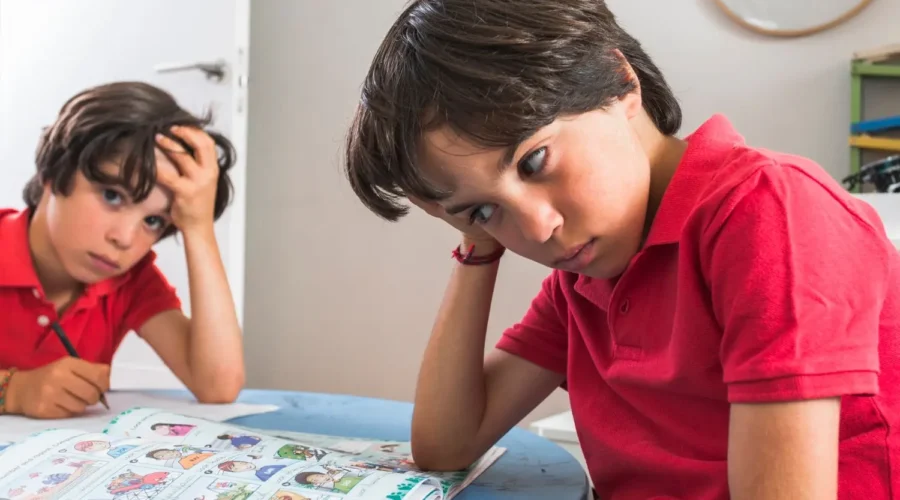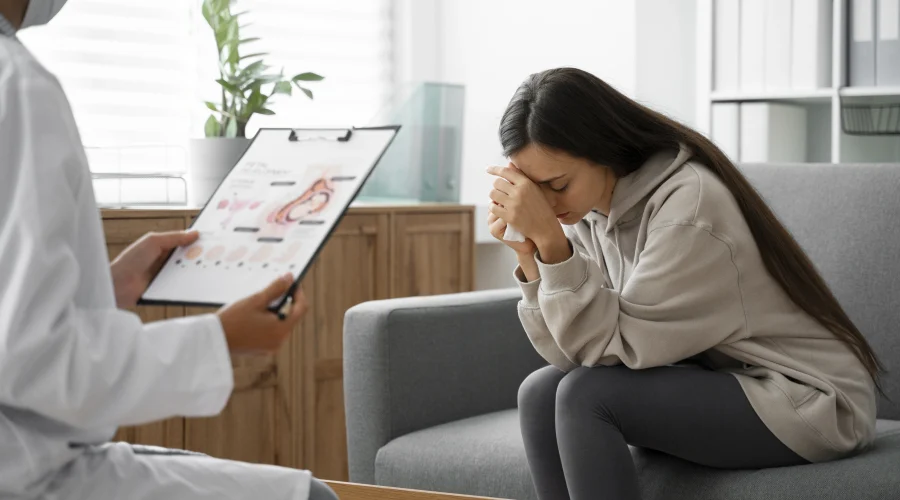10 Importance of Having Good Family Relationship for a Fulfilling Life
10 Importance of Having Good Family Relationship: Family serves as the foundational structure of our lives, shaping who we are and how we navigate the world. Strong family relationships are vital not only for emotional well-being but also for personal development. In this article, we will discuss the 10 importance of having good family relationship and explore how they contribute to our happiness and fulfillment. 1. Emotional Support Family members often serve as our primary source of emotional support. They give a listening ear and a shoulder to rest on during troublesome times. Emotional support from family not only enhances our mental health but also creates an environment where we feel safe to express our vulnerabilities. This open communication can strengthen bonds and cultivate a deeper understanding among family members. 2. Sense of Belonging A strong family unit fosters a sense of belonging, which is crucial for mental health and well-being. The importance of a sense of belonging cannot be understated; it has a direct impact on our emotional health. When we feel connected to our family, we are more likely to be engaged in social activities and develop healthy relationships outside the family unit. 3. Improved Communication Skills Good family relationships encourage open communication, which is vital for personal growth. In an environment where communication is prioritized, family members learn the art of effective dialogue. This skill translates into better relationships in professional and social contexts, equipping us with the tools to express ourselves clearly and listen to others. 4. Shared Values and Traditions Families often instill shared values and traditions that contribute to a sense of continuity. Shared values and traditions also encourage respect and appreciation for one another’s backgrounds and beliefs. This cultural exchange enhances family dynamics and teaches us to embrace diversity within the family unit. 5. Life Skills Development Strong family relationships provide a platform for developing essential life skills. By learning these life skills within the family setting, members are better prepared to face external challenges and contribute positively to society. 6. Increased Happiness Having good family relationships contributes significantly to overall happiness and life satisfaction. Happiness derived from family relationships often spills over into other areas of life, promoting a positive outlook and improving interactions with friends and colleagues. 7. Health Benefits Strong family relationships have been linked to numerous health benefits. The health benefits of strong family relationships extend beyond mental health; they also contribute to physical well-being. A loving family environment can motivate individuals to adopt healthier lifestyles, leading to improved overall health. 8. Financial Support Families often provide financial support during difficult times, which can be crucial for stability. Financial support from family reinforces the idea of community and cooperation, helping members thrive collectively while strengthening their bonds. 9. Lifelong Connections Family relationships are typically long-lasting, providing enduring connections throughout life. Lifelong connections with family members offer a sense of continuity and support that is invaluable. Knowing we have people who care for us, regardless of life’s circumstances, enhances our sense of security and belonging. 10. Personal Growth and Development Having good family relationships fosters personal growth and development, contributing to overall well-being. By nurturing personal growth within a supportive family environment, individuals are better equipped to face challenges and contribute positively to society. Conclusion The 10 importance of having good family relationship cannot be overstated. From providing emotional support to fostering personal growth, strong family connections play a crucial role in our overall happiness and well-being. By investing time and effort into nurturing these relationships, we can cultivate a loving and supportive environment that benefits everyone involved. As we navigate the complexities of life, it is our family that often serves as our anchor, guiding us toward a more fulfilling existence. Prioritizing family relationships is an investment in our emotional health, personal development, and happiness, paving the way for a brighter future. Here are some short FAQs regarding the importance of having good family relationships: FAQs Q1: Why are family relationships important for emotional support? Family members provide a safe space to share feelings and experiences, helping us cope with stress and emotional challenges. Their understanding and empathy foster resilience and mental well-being. Q2: How do family relationships impact our sense of belonging? Strong family bonds create a sense of belonging and security, which enhances self-esteem and helps individuals feel accepted. This sense of community provides comfort and stability during difficult times. Q3: Can having good family relationships improve communication skills? Yes, families that prioritize open communication teach members to express their thoughts and emotions effectively. This practice fosters better listening skills and conflict-resolution abilities. Q4: What role do shared values and traditions play in family relationships? Shared values and traditions foster a sense of identity and continuity within the family. They create lasting memories and strengthen bonds, helping family members feel connected and supported. Q5: How do strong family relationships contribute to overall happiness? Spending quality time with family and celebrating achievements together boosts happiness and life satisfaction. A positive family environment promotes joy and reduces stress. Discover amazing information and unique finds on FuseBay! Don’t miss out—must visit our website for exclusive articles and top-notch blogs tailored just for you! Don’t miss out! Watch our video and show some love by hitting the like button—it helps us out! Thank you!












